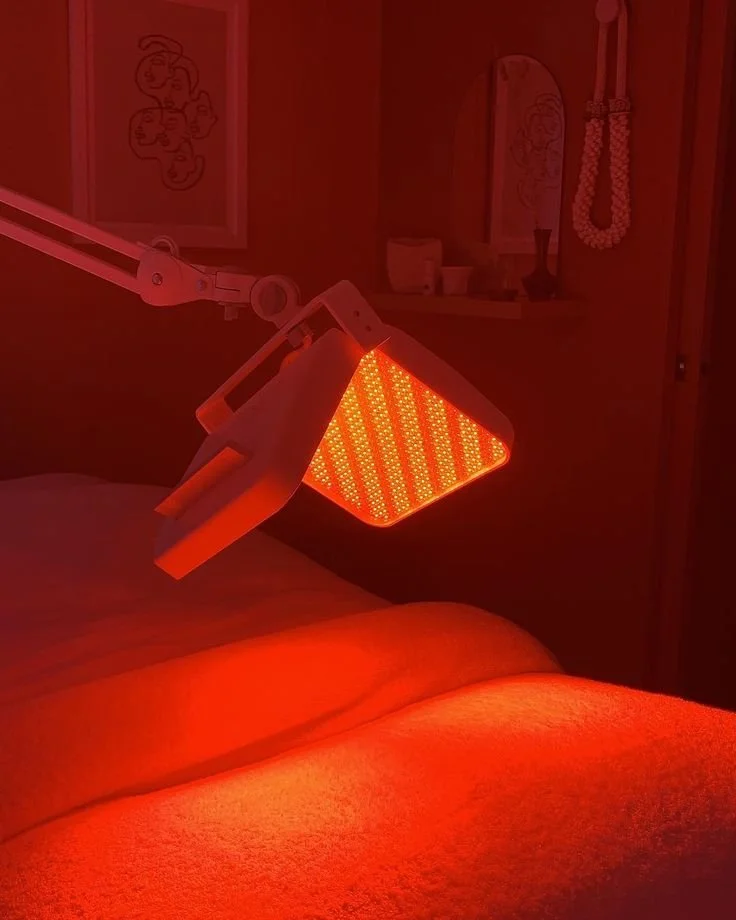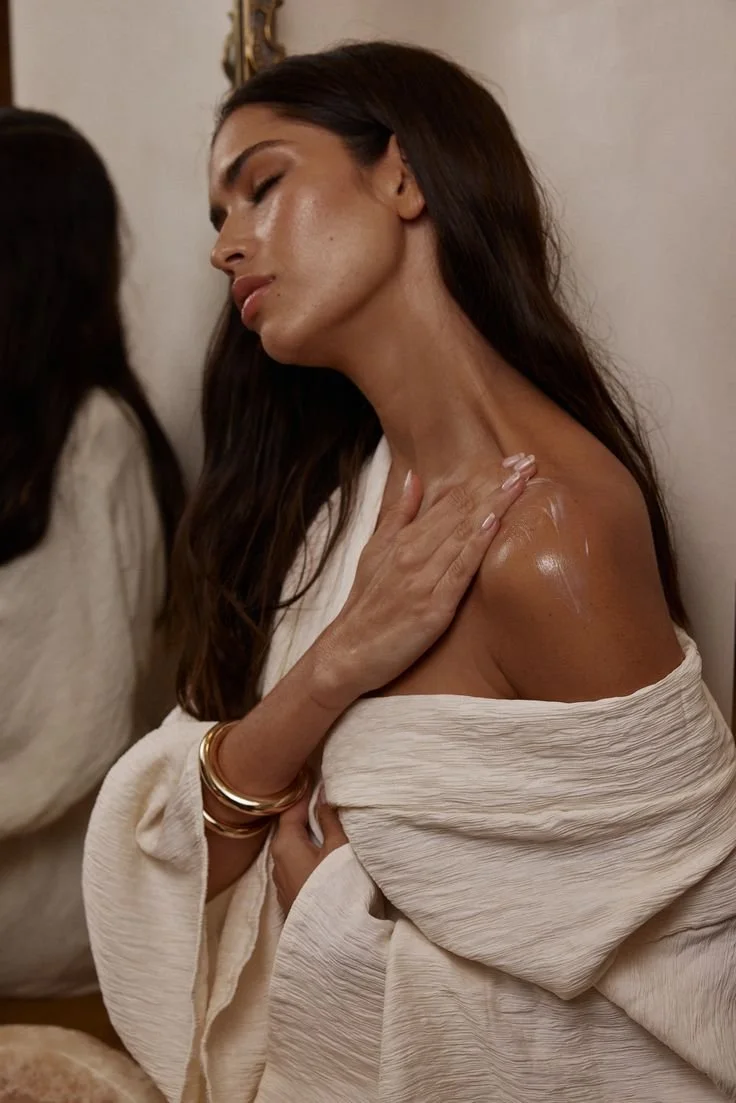Menstrual Cups Made Simple: How To Choose The Right One For You
As more people seek sustainable, cost-effective, and body-friendly period care, menstrual cups are quickly gaining popularity. But despite their growing visibility, many still have questions: How do they work? Are they comfortable? And most importantly—how do you choose the right one?
If you've been curious about menstrual cups but feel overwhelmed by the options, you're not alone. In this guide, we’ll break everything down clearly and simply, helping you understand how menstrual cups function and how to find the best fit for your body and lifestyle. Whether you're new to reusable period care or looking to improve your current experience, this article will give you the confidence to make an informed choice.
No. 1
What Is a Menstrual Cup?
A menstrual cup is a small, flexible cup made from medical-grade silicone, rubber, or thermoplastic elastomer (TPE). It’s inserted into the vaginal canal during menstruation, where it collects menstrual fluid rather than absorbing it like pads or tampons.
Most cups can be worn for up to 12 hours at a time, depending on your flow. After that, it’s removed, emptied, rinsed or wiped clean, and reinserted. At the end of your cycle, it should be thoroughly cleaned and stored for future use.
Because it’s reusable, a single cup can last for several years when cared for properly—making it a sustainable and cost-effective choice.
No. 2
Why People Choose Menstrual Cups
There are several compelling reasons why people make the switch to menstrual cups:
Longer wear time: Many cups can be worn for 8 to 12 hours—even overnight—depending on your flow. This reduces the number of changes needed throughout the day.
Cost savings: Although the upfront cost is higher than disposable products, one cup can last for years, making it significantly more economical over time.
Environmental impact: Replacing hundreds of pads or tampons with one reusable product dramatically cuts down on menstrual product waste.
Comfort: When properly fitted, a menstrual cup is often undetectable once inserted. There’s no string, no bulk, and no external discomfort.
Health considerations: Menstrual cups are free from fragrances, dyes, and absorbent gels. They collect fluid rather than absorbing it, which may help reduce dryness and irritation for some users.
No. 3
The Learning Curve
It’s important to acknowledge that using a menstrual cup can take some practice. Inserting and removing it comfortably may require a few cycles to master. Finding the right fold, positioning the cup correctly, and learning how to break the seal for removal are all part of the learning process.
Leaks, discomfort, or difficulty with insertion are common beginner issues—but they can often be resolved by adjusting your technique or switching to a different size or firmness. That’s why choosing the right model from the start can make all the difference.
Xula
Take control of your cycle with Xula—herbal period support for wherever you are in your menstrual cycle.
No. 4
How Menstrual Cups Differ
Not all menstrual cups are created equal. Here are the key differences to be aware of when choosing a cup:
Size: Most brands offer multiple sizes, often based on age, childbirth history, or menstrual flow. Larger sizes may hold more fluid but aren’t always the most comfortable for every body.
Length: Cup length is crucial if you have a low or high cervix. A long cup may feel uncomfortable for someone with a low cervix, while a short cup may be hard to reach for those with a high cervix.
Firmness: Softer cups are gentler on sensitive anatomy but can be harder to open once inserted. Firmer cups pop open more easily but may press on the bladder or cause discomfort if your pelvic floor muscles are tight.
Shape and capacity: Some cups are narrow and tall; others are short and wide. Capacity also varies. If you have a heavy flow, a higher-capacity cup may reduce how often you need to empty it.
These variables explain why so many people struggle to choose their first cup. Without guidance, it’s not always clear which features are best suited to your body.
No. 5
How to Choose the Right Cup (Without Guesswork)
Because there’s no universal sizing system for menstrual cups, selecting one can feel confusing. Age, childbirth history, and flow are helpful starting points—but they don’t tell the whole story.
One of the most effective ways to identify a well-fitting cup is by taking a menstrual cup quiz. These short, targeted assessments ask questions about your anatomy, lifestyle, menstrual history, and sensitivity to suggest models that align with your needs.
While no quiz can guarantee a perfect fit, it can significantly narrow your options. Instead of researching dozens of brands and styles, you’ll get a curated list of cups that are more likely to work for your body. This saves time, reduces frustration, and boosts your chances of success from the very first cycle.
Takeaways
Switching to a menstrual cup can be a game-changer for your period care routine—offering freedom, comfort, and sustainability all in one. But like any new habit, it takes a bit of learning and the right tools to succeed.
By understanding how menstrual cups work and taking the time to choose the right one, you’re setting yourself up for a more comfortable and confident experience. Whether you’re motivated by health, the environment, or convenience, a well-fitting menstrual cup can make all the difference.
Ready to find your perfect match? Take a menstrual cup quiz today and start your journey toward smarter, more sustainable period care.
Looking for Wellness resources?
Are you looking to enhance your wellness routine? Explore our wellness partners who offer a wide range of resources to support your journey toward holistic living and well-being.
















